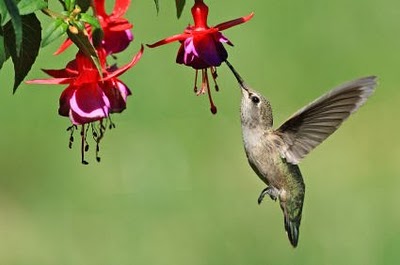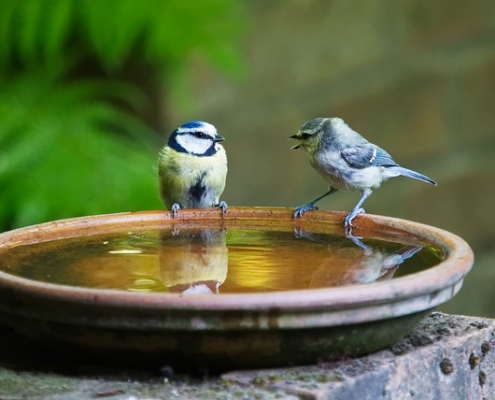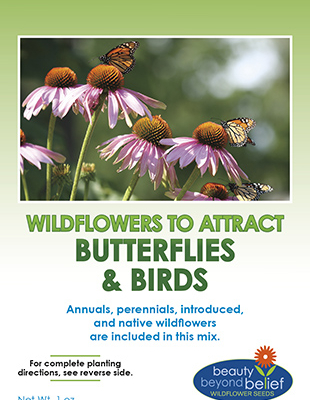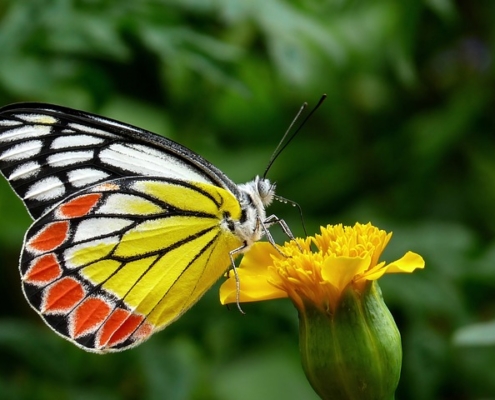Ruby-Throated Hummingbird
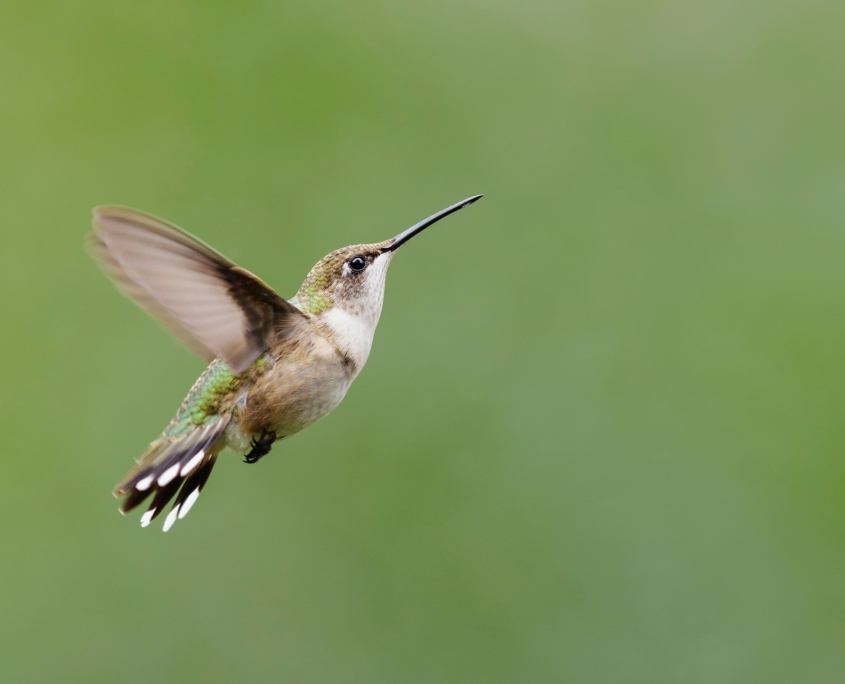
Photo courtesy of pixabay – skeeze
All About The Ruby-Throated Hummingbird
The Ruby-throated Hummingbird is one of the most commonly recognized hummingbirds in North America, especially in the eastern half of the country where they spend their summers. They are the only hummingbird to breed east of the Great Plains. Commonly found in open woods, forest edges, parks, gardens and yards, their familiar green and red plumage make them easy to identify.
Ruby-throated Hummingbirds are 3-3.75 inches in length and weigh around 10-13 ounces with a life span of about 4-6 years. These speedy little birds flap their wings 53 times per second, can hover in mid-air and fly upside down and backward. The males have a striking bright red or red-orange iridescent throat. The males’ upperparts and head are bright green. The female’s underparts are plain white and upperparts green, but they lack the brilliant red throat of the male.
Ruby-throated Hummingbirds feed mostly on nectar and insects. They are strongly attracted to red and orange flowers, like those of trumpet vine, red columbine, bee balm, scarlet sage and many Penstemon varieties. They happily feed from nectar feeders too.
Ruby-throated Hummingbirds are solitary birds that only come together to mate. The female builds her cup-shaped nest about 10-20 feet above ground in a well-camouflaged area of a shrub or tree. Here she will commonly produce 1-2 broods of 2 white eggs per year. The incubation period is 10-16 days. The female, alone, will care for the young for 2-3 weeks before they are mature enough to leave the nest.
In early fall, the Ruby-throated Hummingbird will begin its migration to Mexico & Central America crossing over 500 miles of water in their nonstop journey across the Gulf of Mexico. They can become a little more aggressive near food sources in late summer as they begin preparing for the journey.
To attract more of these lovely birds to your yard keep a clean and full nectar feeder, plant more nectar-rich flowers in their favorite colors of orange and red, limit insecticide use and provide a water source such as a mister or shallow fountain for these birds to bathe and preen in.
Let us help you plant more nectar-rich hummingbird attracting flowers with our Wildflowers for Hummingbirds Mix.

